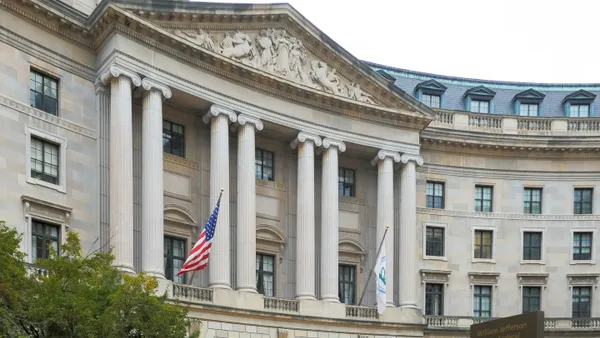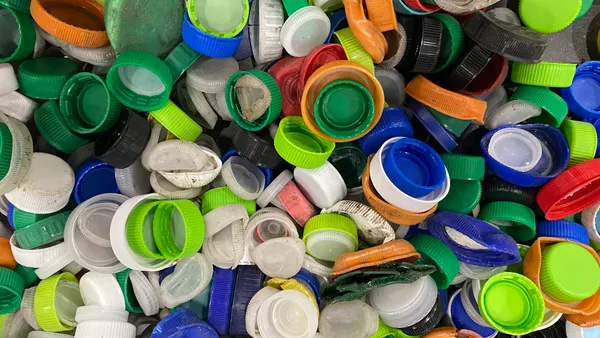Dive Brief:
- According to a new report, the Closed Loop Fund has put nearly $19 million — which drew more than $50 million in co-investments — toward nine industry projects since it started. The fund has received more than 150 requests for about $350 million in financing so far, as reported by Recycling Today.
- The four projects that are currently active have helped divert an estimated 50,000 tons of material. The fund estimates that its investments have affected about 90,000 households.
- The report also announced a reorganization under the title of Closed Loop Partners. In addition to the Closed Loop Fund, this will cover the Closed Loop Foundation, which funds research and development of new technologies, and Closed Loop Ventures which will invest in projects related to the circular economy.
Dive Insight:
The Closed Loop Fund, which was started in 2014, has set a goal of investing $100 million in recycling projects, with the intention of encouraging additional funding by 2025. While the goal seems pretty hefty for an 11-year window, it's been supported by many large corporate partners with an interest in creating better markets for recycled content, which has helped propel the initiative.
So far the fund's active projects include Lakeshore Recycling System's new single-stream material recovery facility in Illinois, a new plastics recycling facility for QRS of Maryland, and facilities in Iowa and Ohio. In addition to funding collection and processing infrastructure, the organization is also interested in expanding end-market opportunities. One of the most recent investments by the Closed Loop Foundation went toward two companies working on plastic film recycling. More investments in end-market technologies have also been previewed for 2017.
As challenging commodity prices affect the way companies structure their contracts and orient their processing infrastructure, Closed Loop is continuing to make the case that recycling can be profitable with the right systems in place. While the firm has seen success so far its report makes the point that developing a more circular economy will require all involved to step up their efforts.












